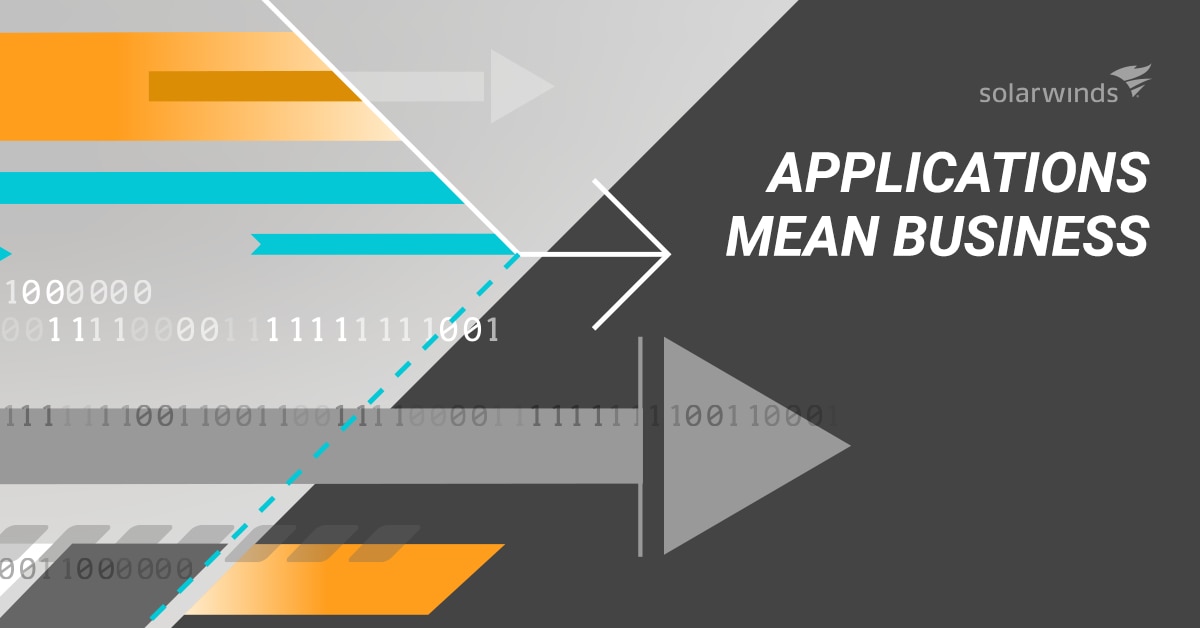Two roads diverged in a yellow wood,
And sorry I could not travel both
Robert Frost
At this point in our “Battle of the Clouds” journey, we’ve seen what the landscape of the various clouds looks like, cut through some of the fog around cloud, and glimpsed what failing to plan can do to your cloud migration. So, where does that leave us? Now it’s time to lay the groundwork for the data center’s future. Beginning this planning and assessment phase can seem daunting, so in this post, we’ll lay out some basic guidelines and questions to help build your roadmap.
First off, let’s start at what’s already in the business’s data center.
The Current State of Applications and Infrastructure
When looking forward, you must always look to see where you’ve been. By understanding the previous decisions, you can gain an understanding of the business’ thinking, see where mistakes may have been made, and work to correct them in the newest iteration of the data center. Inventory everything in the data center, both hardware and software. You’d be surprised what may play a critical role in prevention of migration to new hardware or a cloud. Look at the applications in use not only by the IT department, but also the business, as their implementation will be key to a successful migration.
- How much time is left on support for the current hardware platforms?
- This helps determine how much time is available before the execution of the plan has to be done
- What vendors are currently in use in the data center?
- Look at storage, virtualization, compute, networking, and security
- Many existing partners already have components to ease the migration to public cloud
- What applications are in use by IT?
- Automation tools, monitoring tools, config management tools, ticketing systems, etc.
- What applications are in use by the business?
- Databases, customer relationship management (CRM), business intelligence (BI), enterprise resource planning (ERP), call center software, and so on
What Are the Future-State Goals of the Business?
As much as most of us want to hide in our data centers and play with the nerd knobs all day, we’re still part of a business. Realistically, our end goal is to deliver consistent and reliable operations to keep the business successful. Without a successful business, it doesn’t matter how cool the latest technology you installed is, its capabilities, or how many IOPs it can process—you won’t have a job. Planning out the future of the data center has to line up with the future of the company. It’s a harsh reality we live in. But it doesn’t mean you’re stuck in your decision making. Use this opportunity to make the best choices on platforms and services based on the collective vision of the company.
- Does the company run on a CapEx or OpEx operating model, or a mixture?
- This helps guide decisions around applications and services
- What regulations and compliances need to be considered?
- Regulations such as HIPAA and PCI can dictate placement of data, or requirements around such
- Is the company attempting to “get out of the data center business?”
- Why does the C-suite think this, and should it be the case?
- Is there heavy demand for changes in the operations of IT and its interaction with end users?
- This could lead to more self-service interactions for end users and more automation by admins
- How fast does the company need to react and evolve to changes in the environment?
- DevOps and CI/CD can come into effect
- Will applications need to be spun up and down quickly?
- Of the applications inventoried in the current state planning, how many could be moved to a SaaS product?
- Whether moving to a public cloud or simply staying put, the ability to reduce the total application footprint can affect costs and sizing.
- This can also call back to the OpEx or CapEx question from earlier
Using What You’ve Collected
All the information is collected and it’s time to start building the blueprint, right? Well, not quite. One final step in the planning journey should be a cloud readiness assessment. Many value-added resellers, managed services providers, and public cloud providers can help the business in this step. This step will collect deep technical data about the data center and applications, map all dependencies, and provide an outline of what it’d look like to move them to a public cloud. This information is crucial as well as it lays out what can easily be moved as well as what applications would need to be refactored or completely rebuilt. The data can be applied to a business impact analysis as well, which will give guidance on what these changes can do to the business’s ability to execute.
This seems like a lot of work. A lot of planning and effort into deciding to go to the public cloud or to stay put. To stick to “what works.” Honestly, may companies look at the work and decide to stay on-premises. Some choose to forgo the planning and have their cloud projects fail. I can’t tell you what to do in your business’s setting—you have to make the choices based on your needs. All I can do is offer up advice and hope it helps.
https://www.poetryfoundation.org/poems/44272/the-road-not-taken








